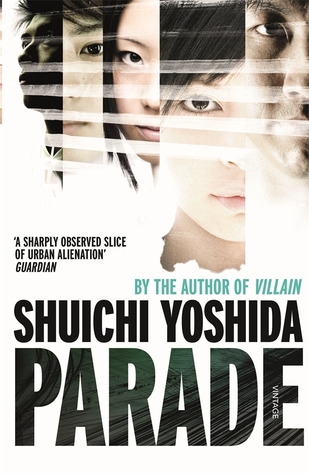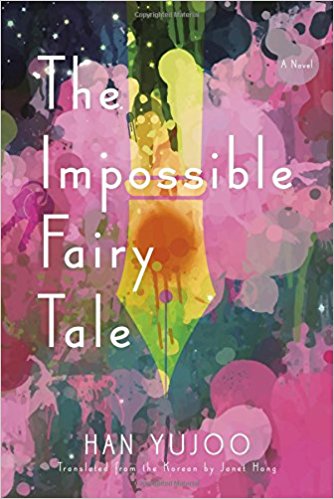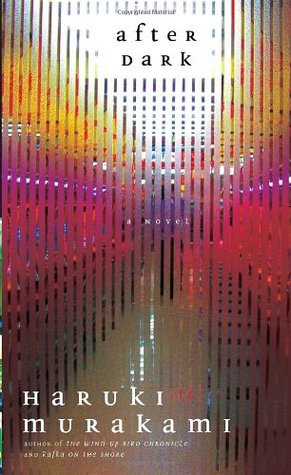
It’s been a while since I’ve posted here. I just haven’t had the time to analyze and write deep reviews of some of the novels that I’ve recently read but I do hope to get back in the groove soon. I’m doing something a little different for this post and I’ll even touch on something personal for the first time in this blog. A recent experience has led me to seek comfort in one of my favorite novels. From the title of this post, I will be examining themes of loss and isolation.
I’m normally a solitary person, confident and comfortable with being alone, yet I’m also sensitive to feelings of alienation and being unwelcome. I’m fairly certain that I exhibit some mild symptoms of social anxiety. Two weeks ago, I had a bit of an incident that made me feel excluded. It’s upsetting to be left alone to figure out what went wrong, not knowing whether you’ve made a mistake or not.
Currently, there hasn’t been actual closure of the incident and it looks like it may be left unresolved with no further discussion, at least in the near future. It’s really only a minor issue in the grand scheme of things. Misunderstandings are not uncommon but they are more prone to happen online, easily causing conflicts. It’s difficult to uncover meaning in online interactions, much more in reading the behavior of others through a screen. In this day and age where social media is highly prevalent, I just hope we don’t continually shy away from actual human-to-human interactions—I’m afraid that is being slowly phased out in lieu of more and more digital means.
I feel better now and I’m prepared to move on. I may have temporarily harbored negative thoughts that ranged from resentment, to embarrassment, to frustration, but at least I didn’t act upon them. Needless to say, the way this whole episode developed was rather confounding. I vented out my thoughts to a few of my friends and I’m very thankful for them for listening.
Aside from talking to friends that care, it was very therapeutic to revisit one of my favorite Murakami novels. Feeling upset, I decided to pick up Colorless Tsukuru Tazaki and His Years of Pilgrimage to read a second time. I fondly remember my first reading of this novel two years ago and how sympathetic I felt towards the protagonist, Tsukuru, who was suddenly ostracized without explanation from his group of friends.
It’s comforting to be able to closely relate to a character and his battles, which is exactly why this was the first book in my mind that I thought would help me cope with some heavy feelings. Though my circumstances aren’t exactly similar to Tsukuru’s, I don’t think I’ve ever had a stronger connection with a literary character, and that’s because the pain that Tsukuru feels is familiar to me.
Tsukuru doesn’t have lots of friends but he’s content with that. When he is inexplicably isolated from the only four friends that he knew, he experiences an overwhelming sense of hollowness. Feeling betrayed, he encounters despair while being left in the dark:
“That was the first time in my life that anyone had rejected me so completely…Searching for the reason, or correcting a misunderstanding, was beyond me. I was simply, and utterly, in shock. So much so that I thought I might never recover. It felt like something inside me had snapped.”
The pain of an unexplained rejection in his early twenties settles and hardens in his heart over the following sixteen years. One night, in the story’s present, Tsukuru confronts that pain once again when he sees his steady girlfriend Sara walking hand in hand with another man. Sara was so visibly happy and beaming at the man in a way she doesn’t with Tsukuru.
“All that remained now was a quiet sorrow…He hadn’t felt such pain in a long time, not since the summer of his sophomore year in college, when his four friends had abandoned him. He closed his eyes and, as if floating in water, drifted in that world of pain. Still, being able to feel pain is good, he thought. It’s when you can’t even feel any pain anymore that you’re in real trouble.”
Indeed, it’s the familiar pain brought about by rejection, abandonment, and isolation. It’s okay to let such acute pain wash over you—it’s natural and it will pass. Humans, after all, are social creatures.
As a student of Stoic philosophy, I try hard not to (in fact, I shouldn’t) be bothered by other people’s actions and opinions about me, as those are outside of my control. I should focus instead on bettering myself without seeking validation or approval. But sometimes, when one yearns for connection and acceptance, one can’t help but feel disappointed in being rejected and alienated. There is real pain there. When a connection you’ve made is suddenly severed, it hurts.
The feeling of isolation always unleashes a flurry of negative thoughts that rain down on me. When rejection is abrupt and unexplained, it’s a double whammy. You’re lost, bewildered, not knowing what went wrong, not knowing how to proceed. The sense of loneliness only becomes more oppressive. Relating to my personal experience, I cannot say that I felt the same intense sorrow that Tsukuru had, but I do understand and know very well his pain.
“One heart is not connected to another through harmony alone. They are, instead, linked deeply through their wounds. Pain linked to pain, fragility to fragility. There is no silence without a cry of grief, no forgiveness without bloodshed, no acceptance without a passage through acute loss. That is what lies at the root of true harmony.”
Why does Tsukuru often experience loss and abandonment? He’s just a normal guy and not repulsive in any way. Perhaps there is something about him that other people only see as temporary. He entertains the thought that he might just be, in essence, a hollow person.
“Maybe I am just an empty, futile person, he thought. But it was precisely because there was nothing inside of me that these people could find, if even for a short time, a place where they belonged. Like a nocturnal bird seeks a safe place to rest during the day in a vacant attic. The birds like that empty, dim, silent place. If that were true, then maybe he should be happy he was hollow.”
Tsukuru’s search for answers leads him to visit one of the four original friends that he lost, Eri, also known as Kuro, in Finland. She encourages Tsukuru to fully embrace his innate characteristics, even if it’s his own perceived hollowness.
“Let’s say you are an empty vessel. So what? What’s wrong with that? You’re still a wonderful, attractive vessel. And really, does anybody know who they are? So why not be a completely beautiful vessel? The kind people feel good about, the kind people want to entrust with precious belongings.”
In real life, people come and go. Life is fleeting; friendships, more so. That’s the reality. Couples break up. Family members become estranged. Long-time friends may eventually drift apart. Most of the time, there are reasons behind these things. Sometimes, these things simply happen without explanation.
Eri’s words to Tsukuru, however, reassure us that no human connections we make in life are ultimately wasted:
“[It] wasn’t a waste for us to have been us—the way we were together, as a group. I really believe that. Even if it was only for a few short years.”
The emotional connection I made with this novel has always stayed with me since the first time I read it two years ago. I’m glad I picked it up again when I was feeling down recently. Writing this post was cathartic. I feel lighter now and satisfied with this creative output. Tsukuru, my friend, thanks again for keeping me company.










